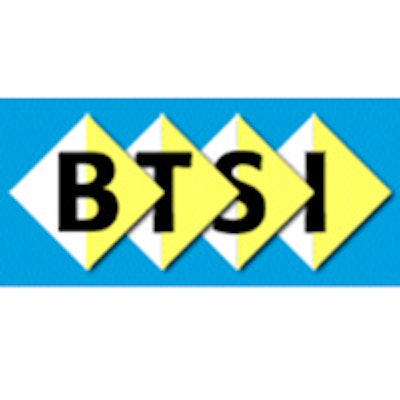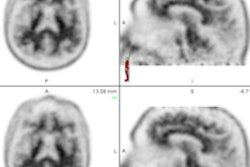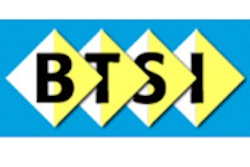
Powered by a number of new products and the potential of novel imaging agents currently in the pipeline, U.S. sales of SPECT and PET radiopharmaceuticals and scanners could top the billion-dollar mark by the next decade, according to a new market research report from Bio-Tech Systems.
The firm estimated total combined U.S. sales of $1.14 billion for SPECT and PET radiopharmaceuticals in 2012. Total SPECT radiopharmaceutical sales were estimated at $719 million in 2012, an increase of 4.3% over 2011, while PET sales were estimated at $425 million last year, representing growth of 8.4% over the previous year. By 2021, the total could reach $6.39 billion.
SPECT sales could grow approximately 6% in 2013 and investment in new products could produce sales of $1.7 billion by 2021, with compound annual growth of 10% to 12%, according to the report. PET sales are expected to climb by more than 20% this year, as imaging agents for Alzheimer's disease begin to enter the market and rubidium PET regains its momentum. By 2021, sales could reach $4.7 billion, with compound annual growth of more than 20% after 2014.
"This will stimulate more research and investment, adding strength and stability to venture companies, as well as those more established in the field," the report states.
PET replacing SPECT
Marvin Burns, president of Bio-Tech Systems and author of the report, sees new PET radiopharmaceuticals replacing more traditional SPECT agents.
"One of my important conclusions is that the market for PET radiopharmaceuticals will replace some of the more traditional radiopharmaceuticals and products used in SPECT imaging," Burns told AuntMinnie.com. "We are working toward a situation where these products and these technologies will be used to analyze more complex illnesses and be able to supplement other forms of diagnostics and treatment more effectively than they have in the past."
If there is one area of concern, it may be in SPECT procedure volume, which remained flat from 2011 to 2012. PET procedure volume rose 11%, primarily in oncology, over the same period.
However, there are a number of new products in the pipeline for both SPECT and PET that will emerge in the next two years, Burns added.
In neurology, PET has established a new platform for detecting the biomarkers identified with Alzheimer's, potentially allowing intervention while there is an opportunity to slow the progression of disease. There are also new oncology products in development for PET and SPECT that could allow assessment and earlier intervention with targeted therapies.
Burns also believes reimbursement from the U.S. Centers for Medicare and Medicaid Services (CMS) will be forthcoming, as the agency evaluates the increasing amount of evidence on the efficacy of the radiopharmaceuticals.
"There will be a period of transition where CMS will require this evidence development," he said. "They will stand in the way a bit because they want to be sure it is money well spent. But there is so much experience in this field that I think the resistance will be overcome."
He also sees what he called a "change in mentality in the reimbursement community," particularly with CMS and related insurance groups that sign off on payment for these procedures.
The report also notes that PET cardiology would benefit by an influx of new products for imaging myocardial perfusion and viability, allowing more effective treatment. In addition, rubidium procedure volume will increase as new generators are introduced and more PET systems become available for imaging.
"Cardiology, which basically dominated the radiopharmaceutical field for a long time, is now reaching out to do more with rubidium as PET becomes more available," Burns said. "There are more people investing in rubidium and more people who are investing in PET."
Ultimately, cardiology PET will be used to augment SPECT and create a new platform that explores the underlying causes of cardiac disease, permitting more effective treatment, he said.




















